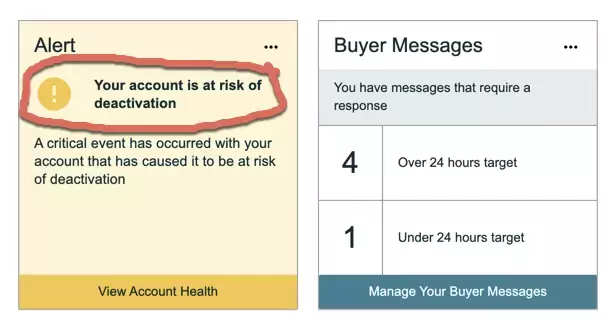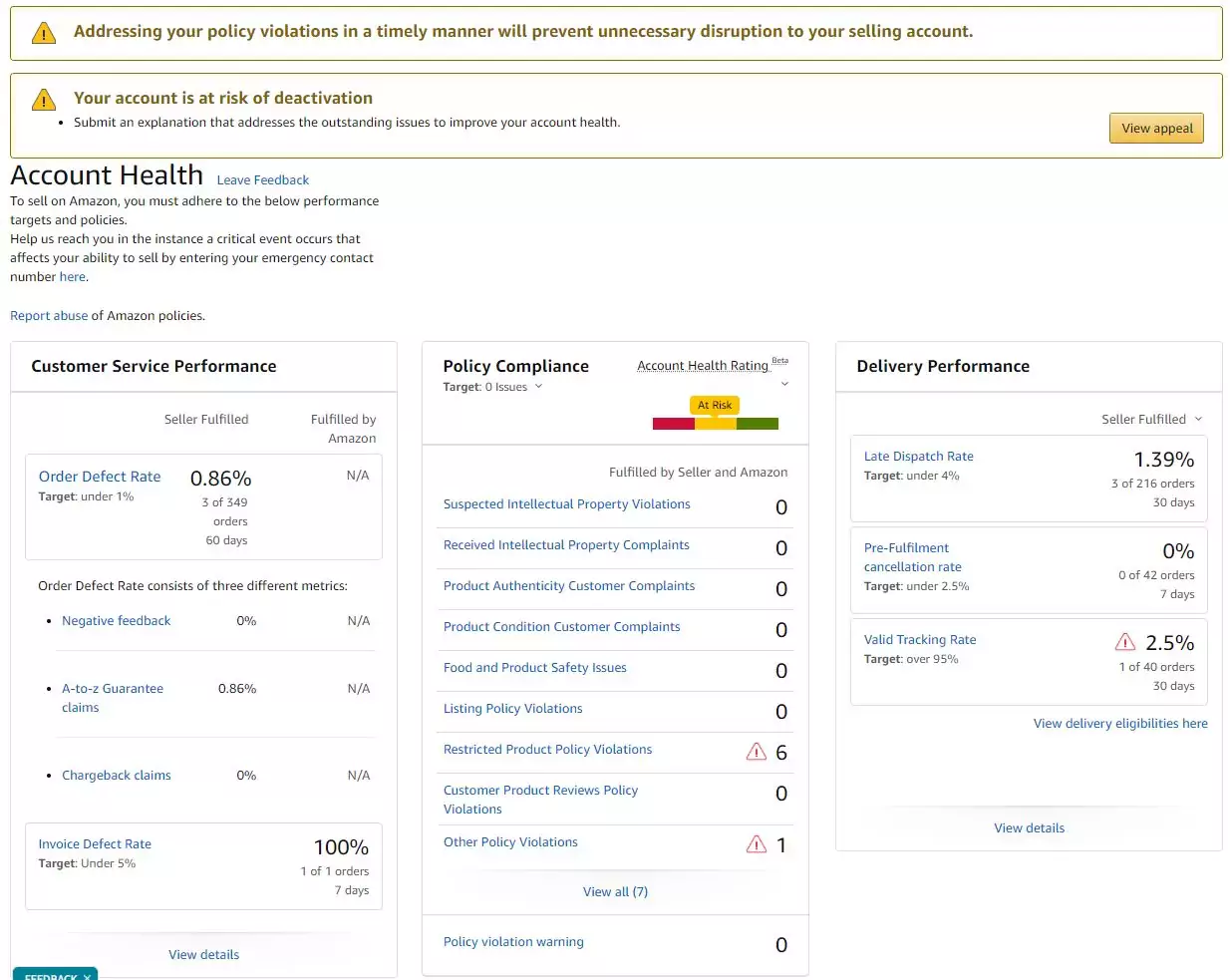Protect Your Amazon Account: Prevent Deactivation and Ensure Continued Success

In today’s digital age, online marketplaces have become a vital platform for entrepreneurs, businesses, and sellers to reach a global customer base. Among these marketplaces, Amazon stands tall as a titan, offering unparalleled opportunities for growth and success. However, as with any online platform, maintaining compliance with Amazon’s policies is crucial. Failing to do so can result in account deactivation, jeopardizing your business and potential revenue. In this comprehensive guide, we will explore the risks associated with Amazon account deactivation and provide you with actionable strategies to protect your account and safeguard your business’s future.
The Importance of a Healthy Amazon Account
Your Amazon account is the gateway to a vast market of eager customers. It is a platform where you can showcase your products, build your brand, and generate substantial revenue. However, maintaining a healthy Amazon account is paramount for sustained success. Account deactivation can have severe consequences, including:
- Loss of revenue: An inactive account means you lose access to a significant source of potential customers and sales.
- Damage to your brand reputation: Account deactivation can tarnish your brand’s image and lead to negative customer perceptions.
- Inability to sell on Amazon: If your account is deactivated, you will no longer be able to list products or participate in Amazon’s competitive marketplace.
Now, let’s delve into the potential reasons behind account deactivation and the steps you can take to prevent it.

Reasons for Amazon Account Deactivation
- Policy violations: Amazon has strict policies in place to ensure a fair and trustworthy marketplace. Violations of these policies, such as selling counterfeit or restricted items, can lead to account suspension or deactivation.
- Intellectual property infringement: Unauthorized use of copyrighted material or trademark infringement can result in severe penalties, including account deactivation.
- Poor customer metrics: Amazon places great importance on customer satisfaction. Excessive negative feedback, high order defect rates, or late shipment issues can flag your account for potential deactivation.
- Manipulation of reviews: Engaging in activities that manipulate customer reviews, such as incentivizing positive reviews or posting fake reviews, violates Amazon’s guidelines and can lead to account suspension.
- Seller performance issues: Failing to meet Amazon’s performance standards, including order defect rate and cancellation rate thresholds, can trigger account deactivation.
Strategies to Prevent Account Deactivation
- Understand and follow Amazon’s policies: Familiarize yourself with Amazon’s policies, including prohibited products, listing guidelines, and intellectual property guidelines. Adhering to these policies will significantly reduce the risk of account deactivation.
- Maintain high-quality product listings: Provide accurate and detailed product descriptions, including high-resolution images, to ensure a positive customer experience. Avoid using misleading information or infringing on intellectual property rights.
- Monitor customer metrics: Keep a close eye on your seller dashboard and proactively address any negative customer metrics. Respond promptly to customer inquiries, resolve issues professionally, and strive for excellent customer service.
- Safeguard intellectual property: Perform thorough research to ensure that your products and listings do not infringe upon any copyrights or trademarks. Obtain proper authorization and permissions when required.
- Build a strong brand presence: Establishing a reputable brand with positive customer feedback can provide an added layer of protection against account deactivation. Focus on delivering exceptional products and customer service consistently.
- Monitor and address negative feedback: Actively monitor customer reviews and address any negative feedback promptly. Implement measures to prevent negative experiences and demonstrate your commitment to customer satisfaction.
- Stay updated on policy changes: Amazon’s policies and guidelines can evolve over time. Stay informed about any updates or changes and adapt your business practices accordingly to remain compliant.
Responding to Account Deactivation
Despite your best efforts, account deactivation can still occur. In such cases, it is crucial to respond promptly and professionally. Follow these steps:
- Analyze the reason: Determine the cause of account deactivation by thoroughly reviewing the notification received from Amazon. Identify any policy violations or areas that need improvement.
- Plan corrective actions: Develop a comprehensive plan to address the issues leading to account deactivation. This may involve making changes to product listings, resolving customer complaints, or seeking legal assistance for intellectual property disputes.
- Appeal the decision: Craft a well-written, concise, and polite appeal to Amazon. Clearly state the corrective actions you have taken or will take to rectify the situation. Provide supporting evidence, such as invoices or proofs of product authenticity, to strengthen your case.
- Follow up and persist: If your initial appeal is rejected, continue to persist in your efforts. Keep communication lines open with Amazon and provide any additional information they may require. Express your commitment to complying with their policies.
Conclusion
Maintaining a healthy Amazon account is essential for sustained success as an online seller. By understanding and adhering to Amazon’s policies, monitoring customer metrics, and proactively addressing potential issues, you can significantly reduce the risk of account deactivation. In the event of deactivation, respond promptly, follow the proper channels, and remain persistent in your efforts to reinstate your account. Remember, a proactive approach to compliance is key to protecting your Amazon account and ensuring continued growth and profitability in the ever-evolving e-commerce landscape.



